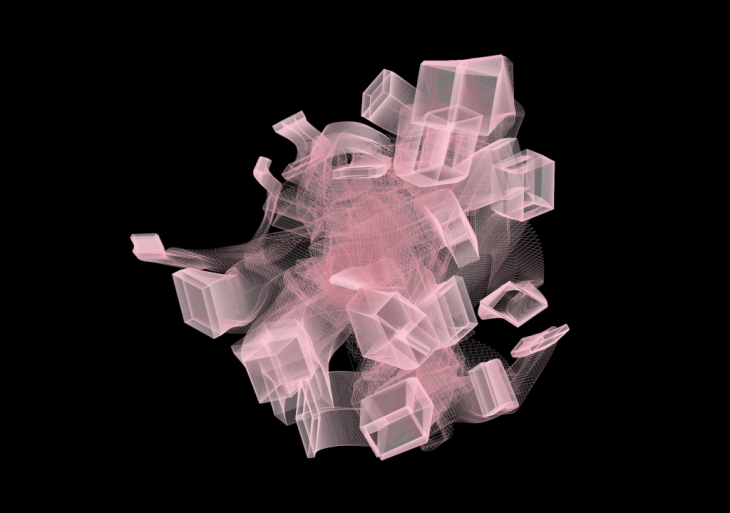IAAC – Master in Robotics and Advanced Construction
Software III
Faculty: Mateusz Zwierzycki
Faculty Assistant: Soroush Garivani
NEURAL NETWORKS FOR GENERATIVE DESIGN

Photo Credits: Mateusz Zwierzycki
Syllabus
With the use of parametric modeling comes the cumbersome task of defining the right parameters for the design. The designer no longer defines the single solution, rather a spectrum of solutions – a solution space. It’s fair to say that with every added parameter the solution space grows exponentially.
There are multiple ways of dealing with an oversized solution space – the most common tool might be Evolutionary Solvers. Both in academia and practice ES gained attention with series of projects using the evolutionary approach to define the right point in the hyperspace. The principles of the algorithm are simple and easy to understand (arguably that’s why it’s so popular) – from a population of solutions, pick pairs, mix them and breed new population.
Another tool which aids in the search for the solution is Self-Organizing Map. SOM is used to select a region in the hyperspace and present it in an easy to read format – usually a 2D or a 3D map. More generally the action performed by SOM is called Dimensionality Reduction.
Last but not least, Neural Networks – probably still the most experimental tool for searching the solution space. We can use a special type of NN called Autoencoders to perform Dimensionality Reduction just as we do with SOM. Other than that, it is possible to use NN as a part of the fitness function. Currently in architectural design, neural networks are certainly the least explored tool waiting for new applications.
Learning objectives:
During this course the students will be challenged to design parametrically and prepare for fabrication an architectural feature (facade element, street furniture etc.) In that process, a several AI-based tools will be used:
– Autoencoders
– Evolutionary Solver
– Neural Networks
Deep understanding of those concepts will be crucial in the design and optimization process.